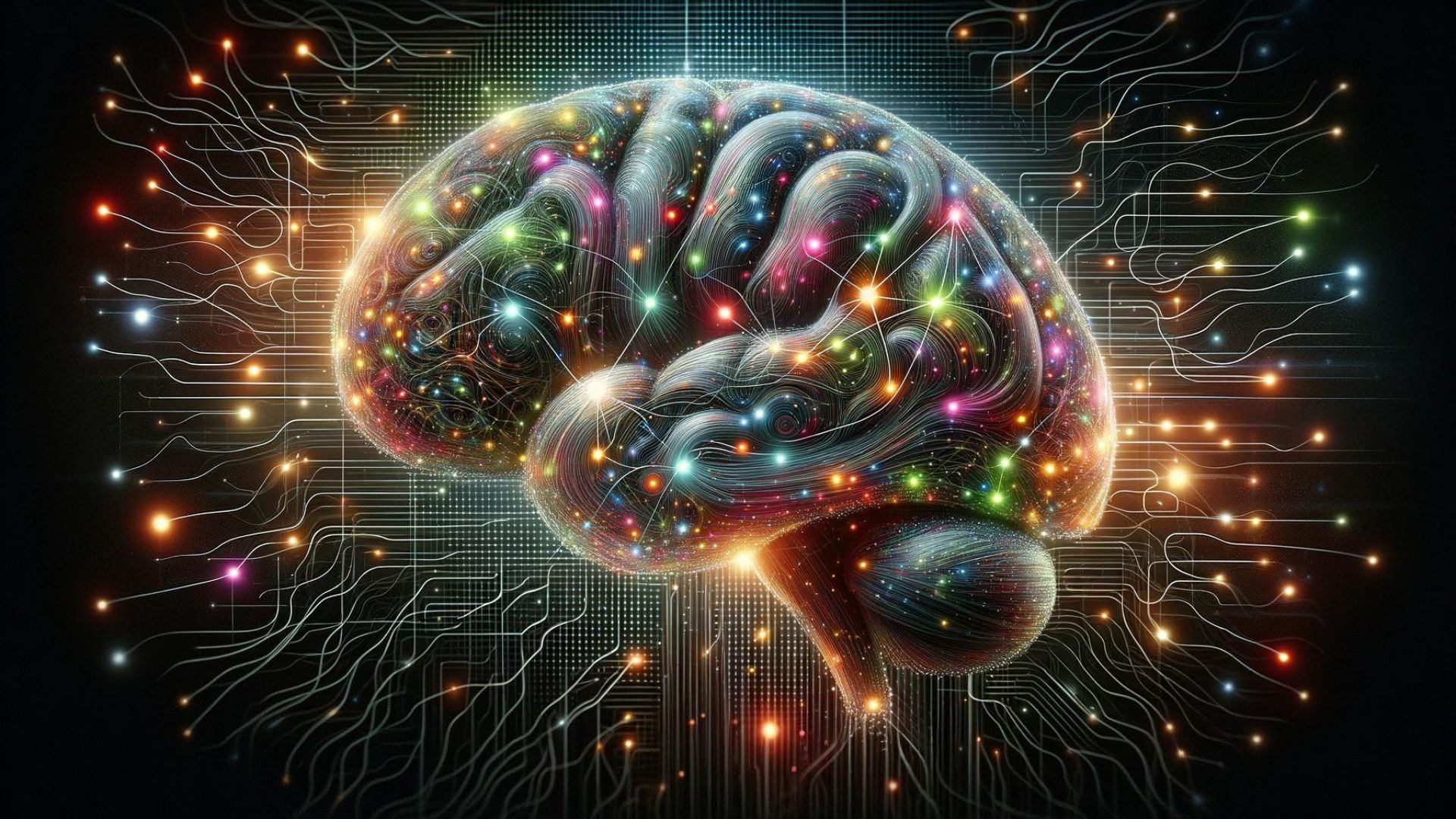Neuroplasticity: Your Brain Isn’t Set in Stone, It’s More Like Play-Doh!
Imagine your brain not as a rigid machine, but as a dynamic, ever-changing landscape. Picture trails being forged, bridges being built, and entire regions transforming over time. This isn’t science fiction, it’s the incredible reality of neuroplasticity.
Neuroplasticity, simply put, is your brain’s ability to reorganize itself by forming new neural connections throughout life. It means your brain isn’t fixed; it’s constantly adapting and evolving in response to your experiences, thoughts, and behaviors.
Think of it like this: Every time you learn something new, whether it’s a language, a musical instrument, or a new skill, you’re essentially sculpting your brain, creating new pathways and strengthening existing ones.
Real-Life Brain Makeovers
Neuroplasticity isn’t just a theoretical concept. It’s been observed in countless real-life scenarios:
- Stroke Recovery: Individuals who have suffered strokes can regain lost functions through rehabilitation therapy that harnesses the brain’s ability to rewire itself and compensate for damaged areas.
- Phantom Limb Pain: Amputees can experience phantom limb pain, but through mirror therapy and other techniques, their brains can be “rewired” to alleviate this pain.
- Learning New Skills: Musicians, athletes, and anyone who masters a new skill demonstrate the power of neuroplasticity as their brains adapt and optimize for their chosen activity.
Unleash Your Brain’s Potential
Neuroplasticity is not just about overcoming challenges; it’s about unlocking your full potential. By understanding how your brain works, you can leverage this superpower to:
- Boost Learning and Memory: Engage in activities that challenge your brain, such as learning a new language, playing a musical instrument, or solving puzzles. These activities stimulate the growth of new neural connections, enhancing your cognitive abilities.
- Manage Stress and Anxiety: Mindfulness meditation and other relaxation techniques can help reduce stress and anxiety, promoting the growth of neurons in areas of the brain associated with emotional regulation.
- Overcome Negative Thought Patterns: Cognitive-behavioral therapy (CBT) leverages neuroplasticity to help individuals reframe negative thoughts and behaviors, leading to positive changes in their lives.
- Enhance Creativity: Engaging in creative activities like painting, writing, or dancing can stimulate the growth of new neural connections in areas of the brain associated with imagination and innovation.
Your Brain’s User Manual
Think of neuroplasticity as your brain’s user manual. By understanding how it works, you can take charge of your own brain health and development.
Your Call to Action:
Don’t let your brain gather dust! Challenge it, nurture it, and watch it flourish. Here’s what you can do:
- Lifelong Learning: Never stop learning! Read, take courses, explore new hobbies, and engage in activities that stimulate your brain.
- Mindfulness: Practice mindfulness meditation to reduce stress and promote the growth of new neurons.
- Physical Exercise: Regular exercise has been shown to enhance neuroplasticity by increasing blood flow and oxygen to the brain.
- Brain-Boosting Diet: Eat a healthy diet rich in antioxidants and omega-3 fatty acids, which support brain health and function.
Remember, your brain is a work in progress. By embracing neuroplasticity, you can shape your brain and your life for the better. The power to change is in your hands – or rather, in your head!
Why Should You Care?
Understanding neuroplasticity is important because:
- Personal Growth: It empowers you to actively participate in shaping your brain and improving your cognitive abilities, mental health, and overall well-being.
- Adaptability: It gives you the tools to adapt to new challenges, learn new skills, and overcome setbacks more effectively.
- Lifelong Learning: It demonstrates that your brain is never “too old” to learn and that you can continue to grow and develop throughout your life.
- Health and Healing: It offers hope for recovery from brain injuries and neurological conditions, as well as strategies for managing stress and anxiety.
- Potential Unleashed: It opens up a world of possibilities for personal and professional development, creativity, and innovation.
Key Takeaways
- Brain’s Adaptability: Your brain is not static but constantly changing and reorganizing in response to your experiences and behaviors.
- Learning and Growth: Engaging in new activities and learning new skills physically alters your brain, creating new neural connections and strengthening existing ones.
- Healing and Recovery: Neuroplasticity plays a crucial role in rehabilitation after brain injuries and in managing conditions like phantom limb pain.
- Mental Well-being: Practices like mindfulness and CBT can harness neuroplasticity to reduce stress, anxiety, and negative thought patterns.
Keywords & Definitions
- Neuroplasticity: The brain’s ability to change and adapt throughout life by forming new neural connections.
- Neural Connections: The links between neurons (brain cells) that transmit signals and information.
- Neuroscience: The scientific study of the nervous system, including the brain.
- Learning: The process of acquiring new knowledge, skills, or behaviors.
- Memory: The ability to store and retrieve information over time.
- Cognitive Function: The mental processes involved in thinking, reasoning, problem-solving, and decision-making.
- Mindfulness: The practice of paying non-judgmental attention to the present moment.
- Cognitive-Behavioral Therapy (CBT): A type of therapy that helps people change negative thoughts and behaviors.
- Brain Injury: Damage to the brain caused by trauma, stroke, or other factors.
- Phantom Limb Pain: The sensation of pain in a limb that has been amputated.
Frequently Asked Questions
- Is neuroplasticity the same at all ages? While the brain is most plastic in early childhood, it retains the ability to change throughout life, although the degree of plasticity may decrease with age.
- Can neuroplasticity be negative? Yes, negative experiences or behaviors can also lead to the formation of unhelpful neural connections, such as those associated with addiction or chronic pain.
- How can I measure my brain’s plasticity? Brain imaging techniques like fMRI can visualize changes in the brain, but there are also simple behavioral tests and assessments that can provide insights into your brain’s adaptability.
Myth Buster
- Myth: The brain is fully developed by adulthood and can’t change significantly after that.
- Reality: The brain continues to change throughout life, though the degree of plasticity may decrease with age. We can actively influence our brain’s structure and function through our experiences and behaviors.
Let’s Talk
- What are some new skills or activities you’d like to try that could benefit from neuroplasticity?
- How can we apply our understanding of neuroplasticity to improve education and learning environments?
- What are the ethical implications of harnessing neuroplasticity for purposes like cognitive enhancement or memory manipulation?
Share your thoughts and join the conversation below. Let’s delve deeper into this fascinating topic and explore how we can all unleash our brain’s incredible potential!











0 Comments